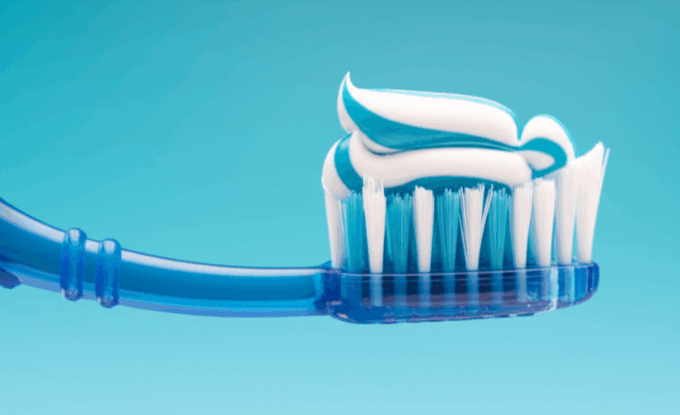Dental care is a cornerstone of overall health, and when it comes to effective oral hygiene, a common question arises: what is the best brushing frequency for optimal results? While the answer might seem straightforward – brush your teeth regularly – the nuances of how often can significantly impact the health of your smile. For most people, a consistent routine of brushing twice a day is the gold standard recommended by dental professionals worldwide. This frequency strikes a balance between effectively removing plaque and food debris and avoiding over-brushing, which can lead to issues like enamel erosion and gum recession.
The primary goal of brushing your teeth is to disrupt and remove the sticky film of bacteria known as plaque. This film constantly forms on your teeth, and if left unchecked, it can lead to cavities (tooth decay) and gum disease. Plaque bacteria feed on sugars and starches from the food we eat, producing acids as a byproduct. These acids attack tooth enamel, weakening it and eventually creating holes. Simultaneously, plaque accumulation along the gum line can irritate and inflame the gums, leading to gingivitis, the earliest stage of gum disease. If not treated, gingivitis can progress to periodontitis, a more severe infection that can cause tooth loss.
The Rationale Behind Brushing Twice Daily
Brushing at least twice a day – typically in the morning after breakfast and again before bed – provides a consistent defense against plaque buildup. Brushing in the morning helps remove plaque and bacteria that have accumulated overnight, refreshing your mouth for the day ahead and preventing morning breath. Brushing before bed is arguably even more critical. Throughout the day, we consume food and drinks, leaving remnants that fuel bacterial growth. Bypassing a bedtime brush allows these bacteria to work unchecked for hours while you sleep, significantly increasing the risk of cavities and gum problems. A thorough brushing before slumber effectively removes this fuel source, giving your teeth a clean slate for the night.
Factors Influencing Brushing Frequency
While twice a day is the general recommendation, certain individuals might benefit from adjustments based on their specific oral health status and lifestyle. For instance, people with a history of cavities, those prone to gum disease, individuals undergoing orthodontic treatment (like braces), or those with certain medical conditions that affect oral health might be advised by their dentist to brush more frequently. This could include brushing after meals or snacks, especially if they consume sugary or acidic foods and drinks.
Conversely, some might wonder if brushing more than twice a day is beneficial. While good intentions often drive this thought, over-brushing can be detrimental. Aggressive brushing with a hard-bristled toothbrush can wear down tooth enamel, making teeth more sensitive and susceptible to decay. It can also cause gum recession, exposing the root surfaces of the teeth, which are softer and more prone to damage. It’s crucial to focus on proper technique rather than simply increasing the frequency. Gentle, circular motions that cover all surfaces of the teeth and along the gum line, using a soft-bristled brush and fluoride toothpaste, are key.
The Importance of Technique and Tools
Beyond frequency, the way you brush and the tools you use are paramount for effective dental care. A manual toothbrush with soft bristles is generally recommended. Electric toothbrushes, particularly those with oscillating-rotating heads, can be highly effective at removing plaque and are often recommended for individuals who struggle with manual dexterity or find them more comfortable to use. Regardless of the type of brush, ensure you replace it every three to four months, or sooner if the bristles become frayed.
Your toothpaste choice also matters. Look for toothpastes with fluoride. Fluoride strengthens tooth enamel, making it more resistant to acid attacks from plaque bacteria and sugars. It can also help to repair early stages of tooth decay.
Beyond Brushing: A Holistic Approach to Oral Health
While brushing frequency is a vital component of good dental hygiene, it’s only one piece of the puzzle. A comprehensive oral care routine should also include:
Flossing Daily: Brushing alone cannot reach the tight spaces between teeth and under the gum line where plaque and food particles can hide. Flossing at least once a day, preferably before your nighttime brushing, is essential for removing this debris and preventing gum disease.
Mouthwash (Optional but beneficial): Antiseptic or fluoride mouthwashes can offer additional protection by killing bacteria and strengthening enamel. However, they should not replace brushing and flossing.
Regular Dental Check-ups: Visiting your dentist for professional cleanings and examinations, typically every six months, is crucial. Dentists can identify early signs of dental problems that you might not notice and provide personalized advice on your oral hygiene practices.
Dietary Habits: Limiting sugary and acidic foods and drinks, and rinsing your mouth with water after consuming them, can significantly reduce the risk of



